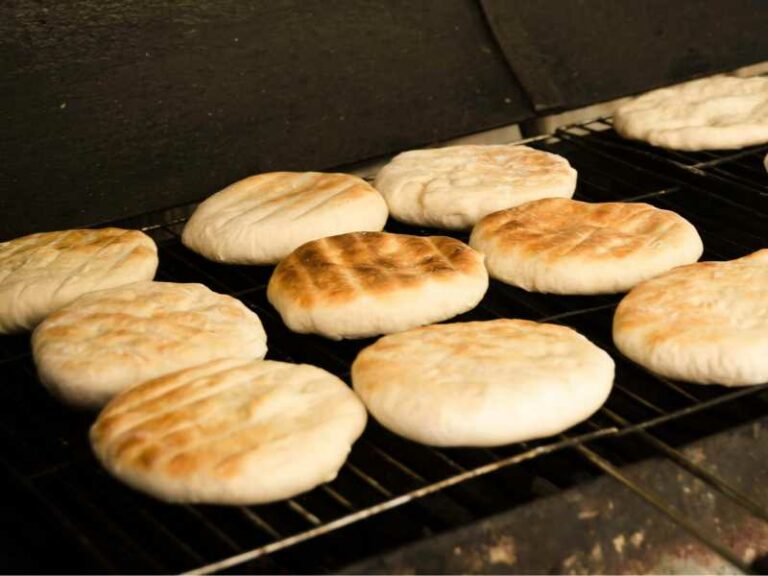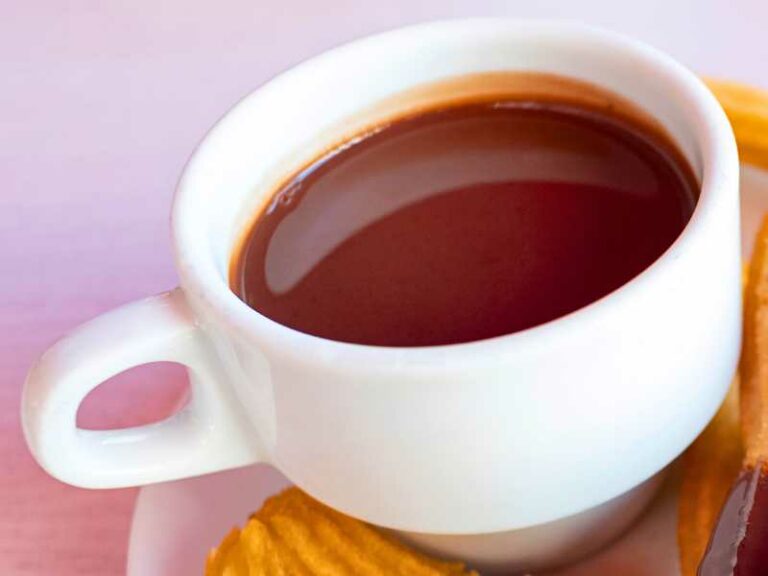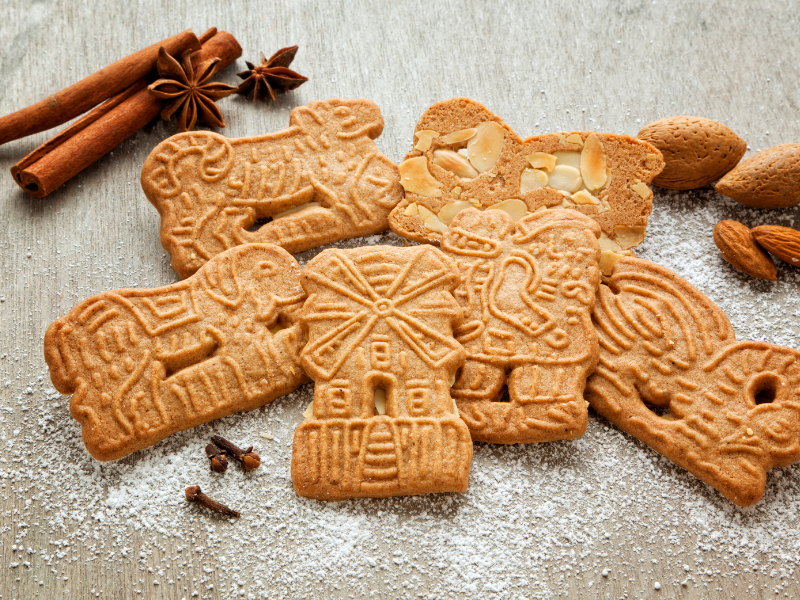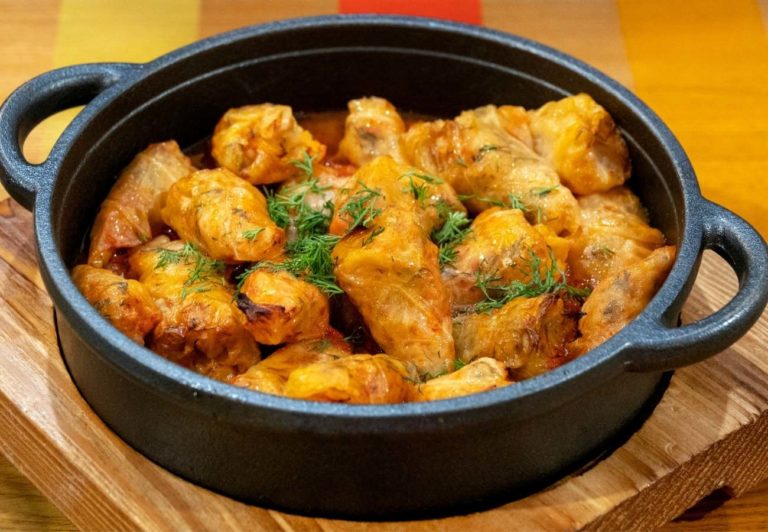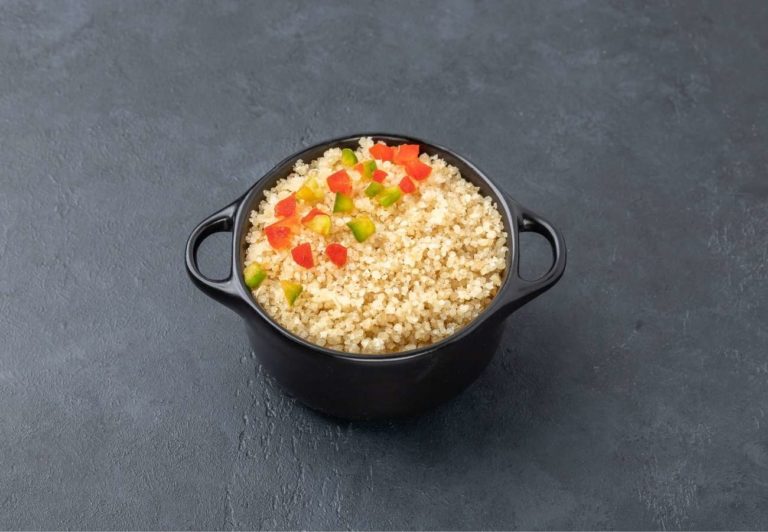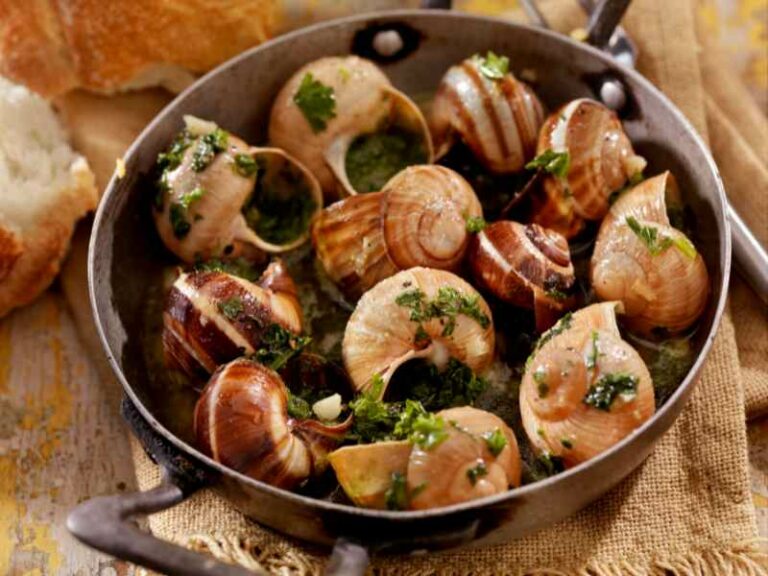Kosovar Food: 14 Traditional Dishes of Kosovo
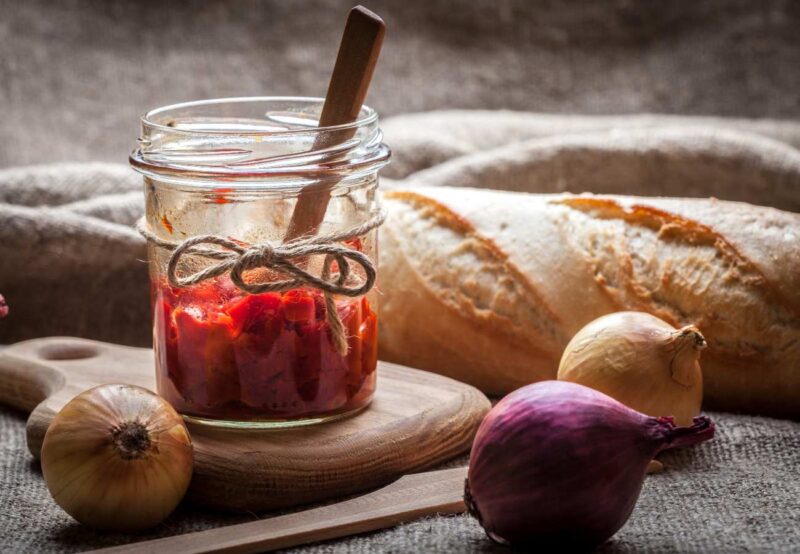
Kosovo, a small country nestled amongst the mountains of the Balkans, is a new political addition to the Balkan states, made so by its self-proclaimed independence from Serbia in 2008. Despite Kosovo’s status as a young and still disputed country, it has its own share of time-honored traditions of cuisine, culture, and beyond.
At the same time, migration patterns throughout this region within the past century have led to a large influence from Albanian culture. More than nine-tenths of the population are ethnic Albanians and mostly practice Islam, while the remaining population comes from a variety of Balkan and Eastern European ethnic groups and are Roman Catholic or Eastern Orthodox.
As people continue to migrate to the region and bring in their own cultures, Kosovo is coming to develop its own unique identity.
With its location in the heart of the Balkans and the inclusion of many ethnicities, the cuisine that is reflective of its neighboring countries as well as its recently migrated population. While some popular dishes are similar to those found in Balkan or Eastern European cuisines, others are influenced by the Mediterranean cuisines of Turkey, Greece, and Italy.
With mild summers and long winters, there is a great number of pickled vegetables found in Kosavar cuisines such as sauerkraut, pickled green peppers, and ajvar. Most Kosovar dishes center around bread and pastry, meats such as beef, pork, and lamb, and sides such as peppers, potatoes, and beans.
There are a variety of takes on pastries and pies although the common theme is savory meat stuffed inside warm and fluffy pastry, each dish made distinct by ingredients and cooking methods.
Tavë Prizreni
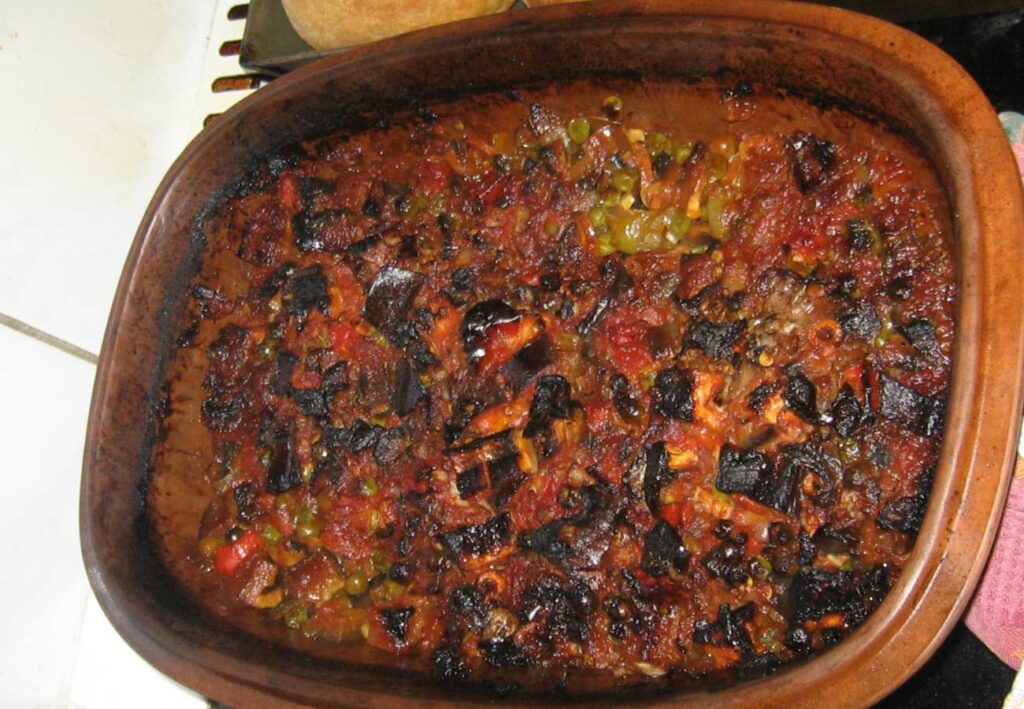
Kosovo, being as young and disputed as its political status is, has yet to declare a national dish. This does not stop them from having one off the record– Tavë Prizreni, a casserole made with lamb, flour, onion, green peppers, and tomatoes. In a nation where much of its budding culture is borrowed from its neighboring countries, Tavë Prizreni is one dish that has a true Kosovar origin.
The name “Tavë Prizren” translates to “Dish of Prizren”, the capital of the country and a city with great historical significance. This dish can be found in restaurants across the city and is highly recommended for those visiting the country to try.
Tavë Kosi
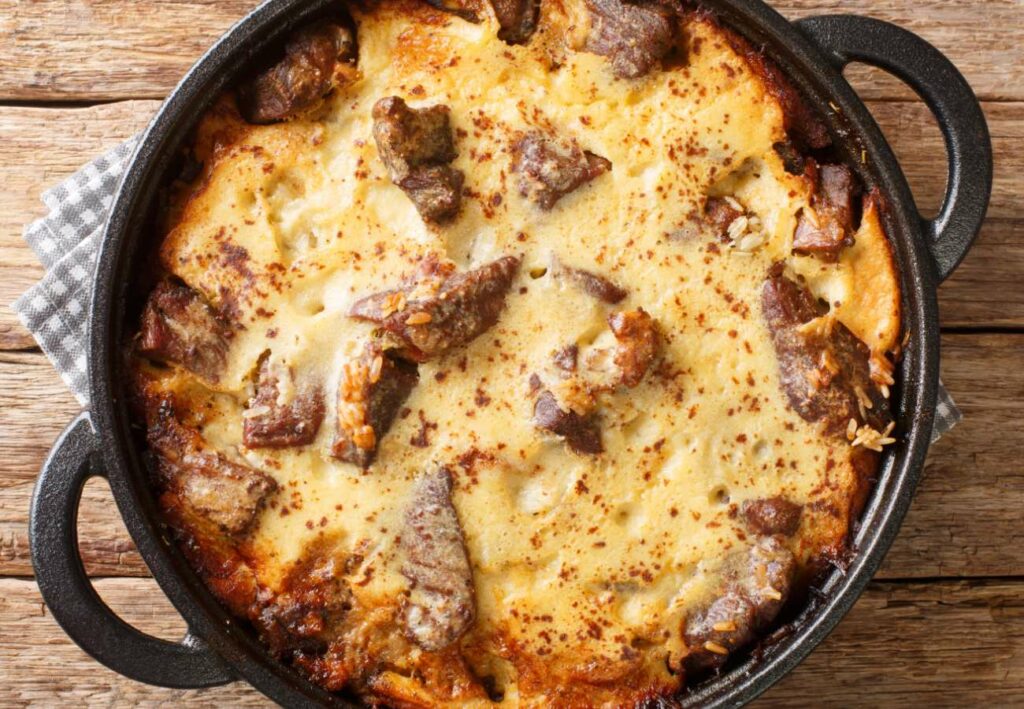
Tavë Kosi is a casserole made of lamb and rice, baked with a yogurt and egg topping and seasoned with oregano and garlic. This casserole is a national dish in Kosovo’s neighbor of Albania and was popularized in the country by the majority Albanian ethnic group.
This dish is regarded as a comfort food for those of Albanian ethnicity in Kosovo. It has a long history of being enjoyed in the region, spreading from the influences of the Ottoman Empire centuries ago. Its origin comes from the need to reuse yogurt which had been used to marinate lamb, as well as excess lamb scraps.
Burek
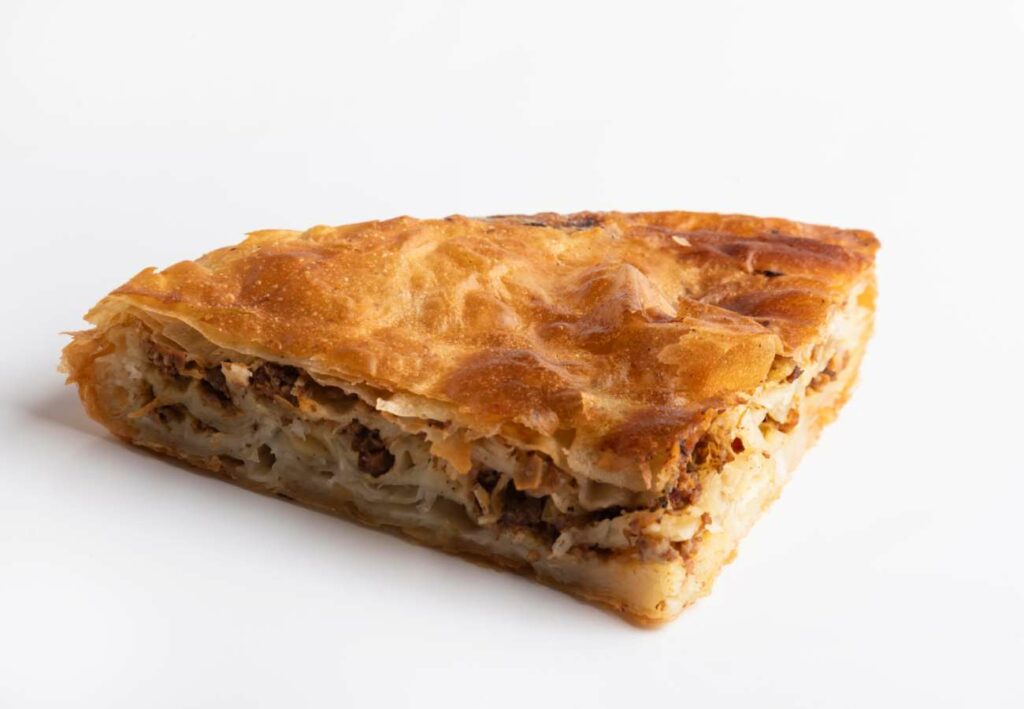
Burek (also known as Börek, Byrek, or Boureki) is a family of pastries made by layering phyllo dough and filling it with a variety of ingredients to make a crispy and pie-like dish. Fillings such as cheese, minced meat, spinach, and seasonings are added along with a creamy egg yogurt mixture, packing the dish with flavor.
While this dish originated with the Ottoman Empire in Central Asia, Burek has always been an evolving dish that tends to pick up pieces from each culture it passes through. In Kosovo, Burek can be found in many casual restaurants or is eaten at home.
Flija
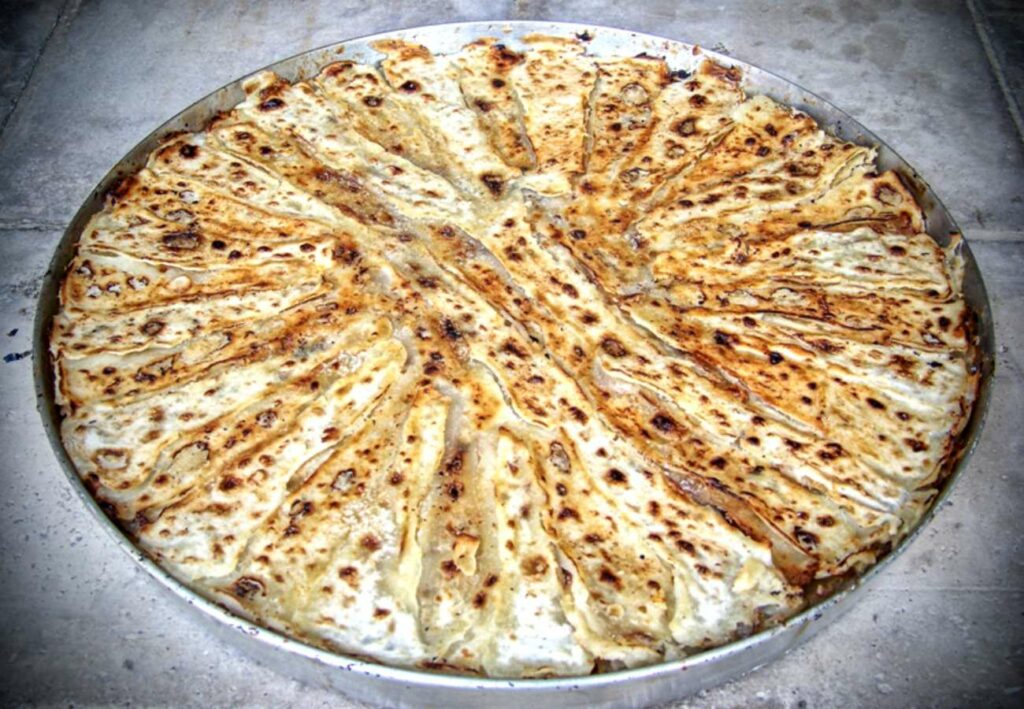
Originating in Albania and commonly enjoyed in Kosovo is Flija, a round pie-like dish that consists of thin pastry layers, similar to crepes, stacked on top of each other and filled with a thin, creamy batter usually made of butter, oil, or yogurt.
While the ingredients for this dish remain simple, the preparation methods can be difficult and time-consuming. Traditional methods require stacking the thin layers on top of each other and require cooking outdoors in a large pan called a saç.
Flija is so popular in Kosovo that it is sometimes regarded as an unofficial national dish.
Sarma
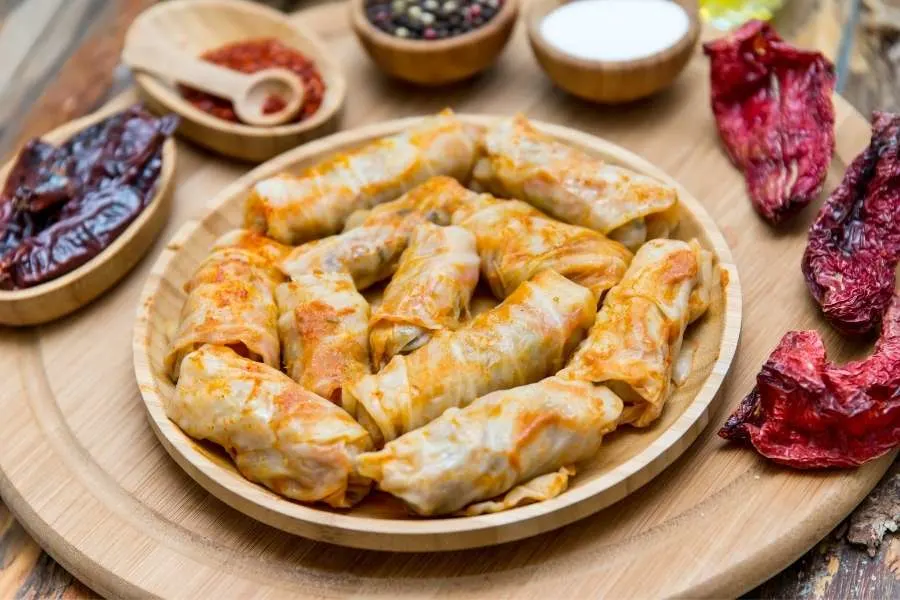
Sarma, often known as “stuffed cabbage” in the English-speaking world, is steamed cabbage stuffed with a mixture of minced meat, vegetables, and spices and cooked on top of sauerkraut. This dish and its many variations are prolific throughout Eastern European and Balkan cuisine, and Kosovo is no exception in its love for this dish.
Sarma first appeared in the Ottoman Empire as a high-calorie food that was easy to transport and made use of vine leaves, which could be foraged and not grown through agriculture.
It is likely that as the dish spread further into Europe, cabbage replaced the original leaves as the method for wrapping, giving the new Sarma a distinct Eastern European feel.
In Kosovo, Sarma is typically eaten in the winter and served on special occasions.
Pasulj
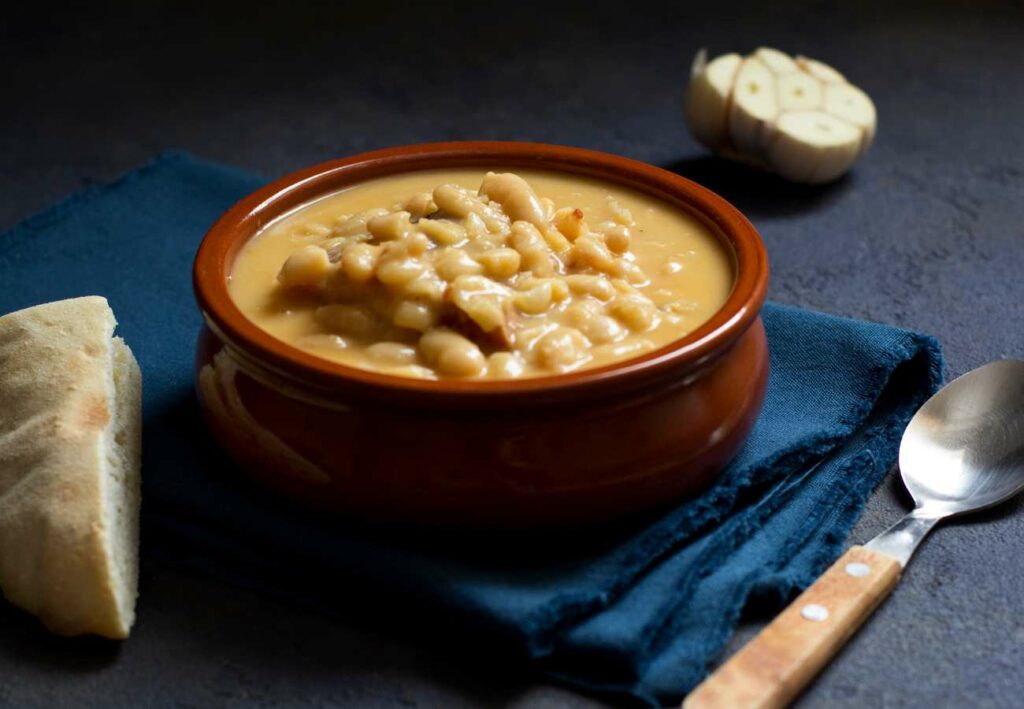
Pasulj is a stew made of white beans and cranberry beans, smoked red meat of some kind, and vegetables such as carrots and onions. Kidney beans can also be used, and typical meats include smoked bacon, ham hock, dried beef, and sausage. This hearty and savory dish is enjoyed in fall and winter.
This dish, also known as grah or grav, is a practical solution to the long and cold wintertime. Easily cooked in large batches, this dish is often made at home and is popular to make in order to be kept as leftovers.
So common is Pasulj that there is an idiom– prosto kao pasulj “simple as pasulj”– that has a similar meaning to the English idiom “as easy as pie.”
Ajvar
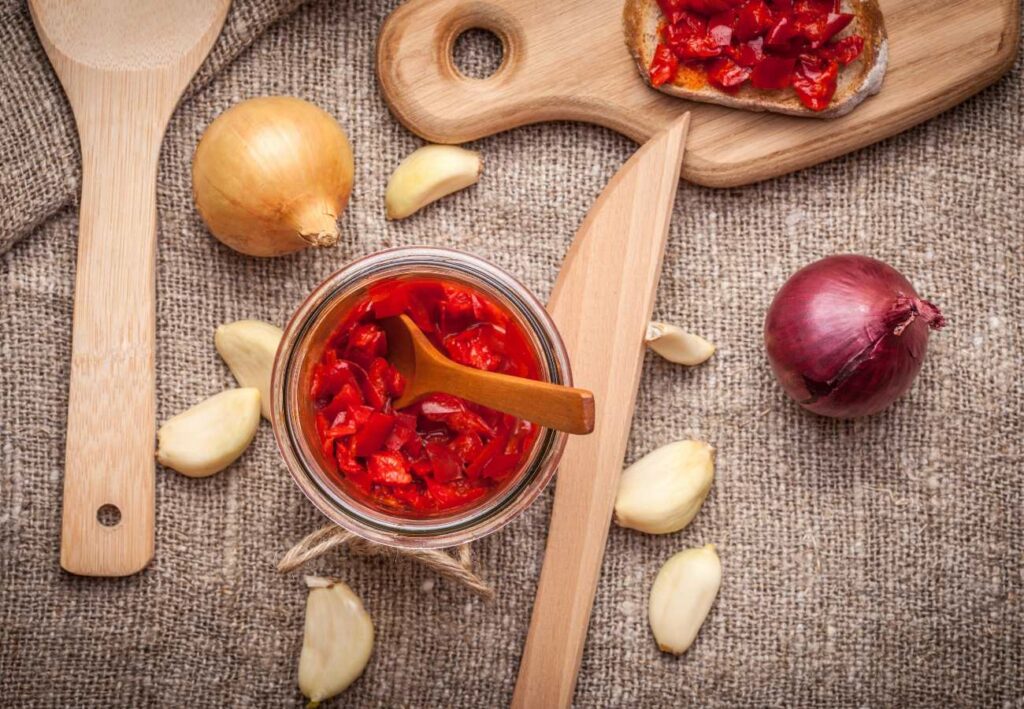
This relish, made of mainly bell peppers and onion or eggplant, is a staple of Kosovar cuisine and the Kosovar pantry. Were you to visit Kosovo, you would not find it a challenge to locate a locally produced and made jar of Avjar.
Ajvar can actually be hard to fit into one category– it can be considered a relish, spread, condiment, or sauce. It is often eaten on bread, with meats, or as the main ingredient in Ajvar-related dishes.
Ajvar is best when homemade as mass-produced versions often add excess oils, diluting the flavor. Many families in Kosovo will create their batches in the autumn, when bell peppers are at their peak harvest, and will then enjoy their Avjar for the remainder of the fall and winter.
Making Ajvar can be a laborious task and requires setting aside many hours to get right. Make sure you have lots of free time and some helpers on hand if you plan on making your own.
Shopska Salad
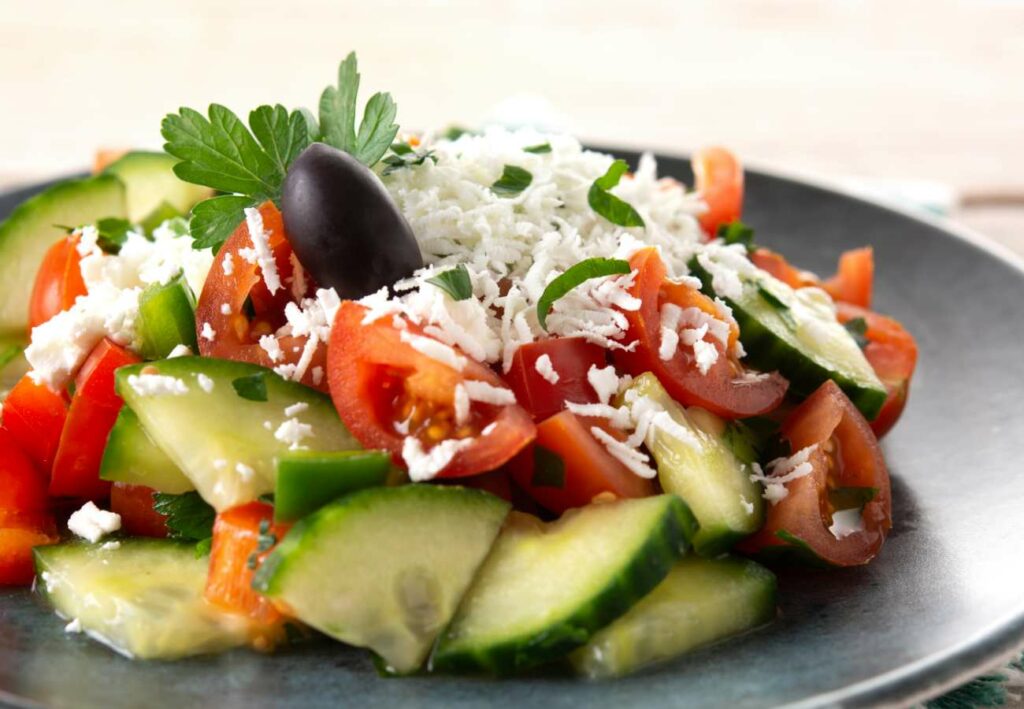
Shopska salad is a light summer salad made with onion, peppers, tomatoes, and cucumber served with a vinaigrette and sunflower oil dressing, and Sirene or feta cheese. The salad is best served fresh and has been used to showcase the summer produce that grows in the Balkan region.
Keeping with many other Kosovar cuisines, the Shopska Salad did not actually originate in the country but was adopted through migration and cultural fusion.
However, unlike many other dishes that are centuries old, Shopska salad is a more modern invention. It rose to popularity in the 1950s in Belarus as a way to promote local produce and tourism.
Aside from Belarus, other countries like Macedonia and Serbia have also claimed to be the origins of the Shopska Salad, making it a contested dish in the Balkans. In Kosovo, it is simply enjoyed as a refreshing and mild summer salad.
Tarator
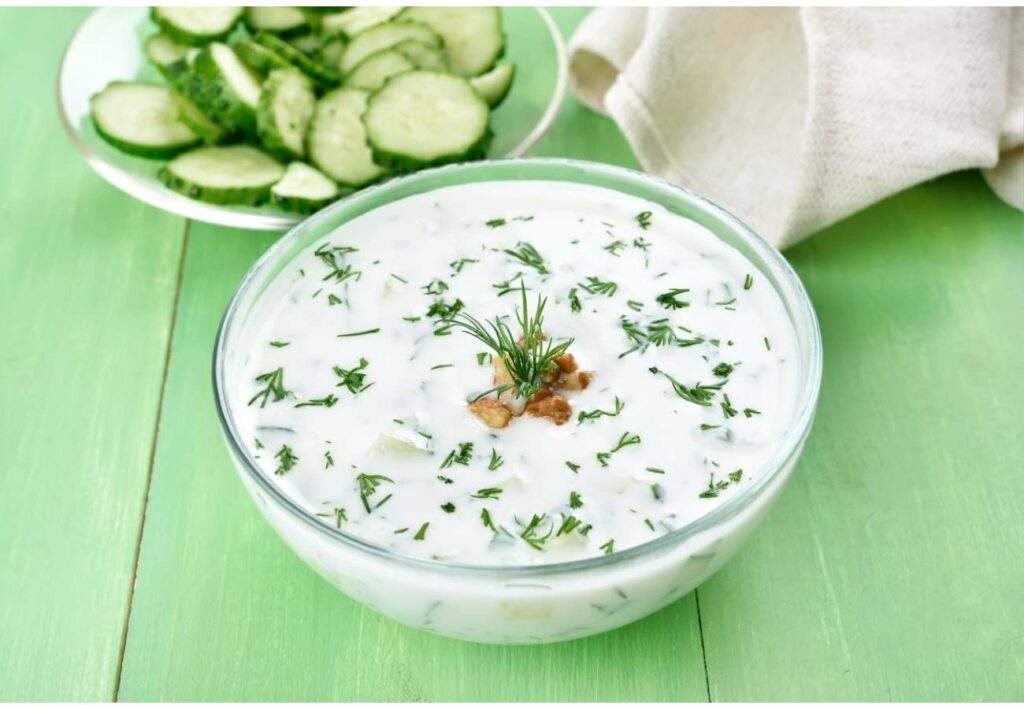
A quintessential summer dish in Kosovar is Tarator, a cold soup made from cucumbers, yogurt, walnut, dill, and garlic. Cool and refreshing, tarator is often served before the main course of a meal or as an easy-to-assemble snack.
Aside from its temperature, tarator is enjoyed in summer because it depends on fresh ingredients for a good taste. It is recommended that you serve and enjoy this dish as soon as it is made.
Kosovar Stuffed Peppers
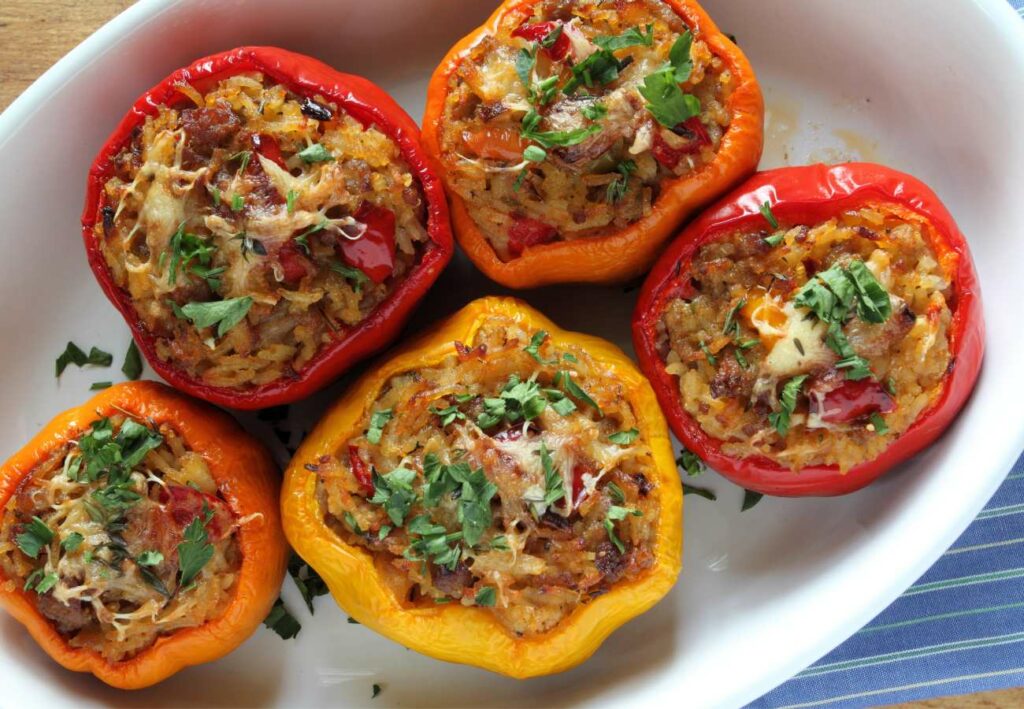
Kosovar Stuffed Peppers are a baked dish consisting of hollowed bell peppers filled with pork or chicken sausage, beef, rice, onions, and tomato sauce. This dish can be enjoyed year-round but is most popular throughout the summer and fall when fresh bell peppers are in season and at their best flavor.
Stuffed bell peppers are a dish seen throughout nearly every region of the world, with all nations having their own unique twist on the recipe. In Kosovo, stuffed peppers are a staple of the Romani people and have been adopted by all ethnicities of Kosovo. They are a way to enjoy the bounty of the summer harvest.
Baklava
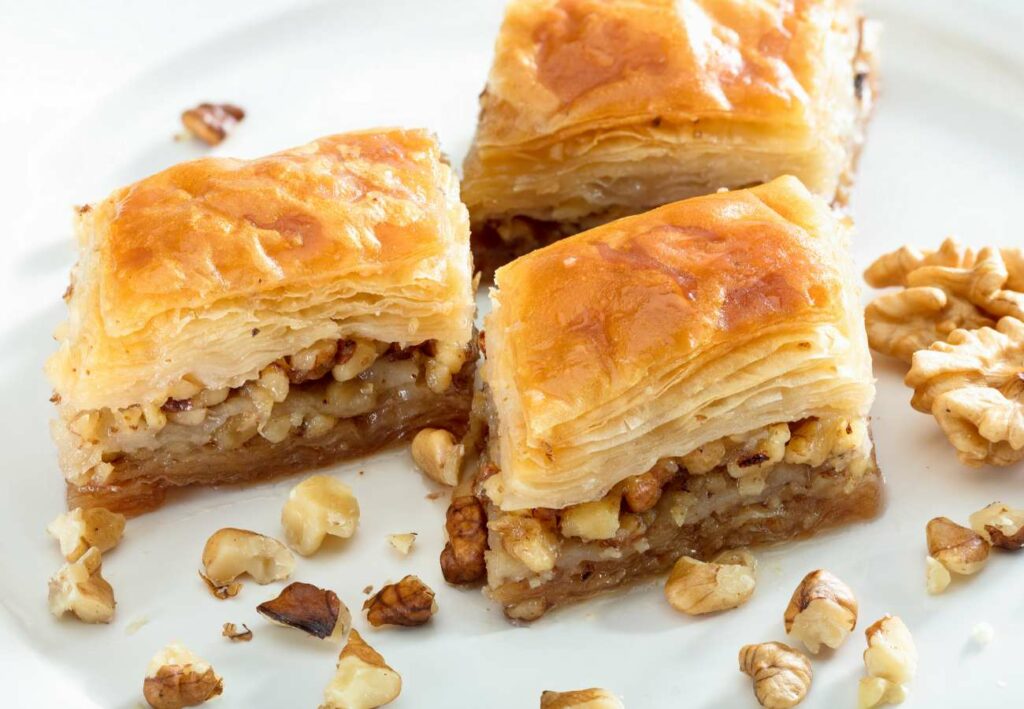
Baklava is a layered dessert made from thin phyllo dough and chopped nuts, sweetened with honey or syrup. This dessert is easy to find anywhere in Kosovo, although the process to make it at home is labor intensive.
With a disputed origin from centuries ago, Baklava is a staple dessert within Kosovo and its neighbors, from other Balkan nations up to Eastern Europe and down to the Mediterranean and West Asia. It is often enjoyed with vanilla ice cream.
Sataraš
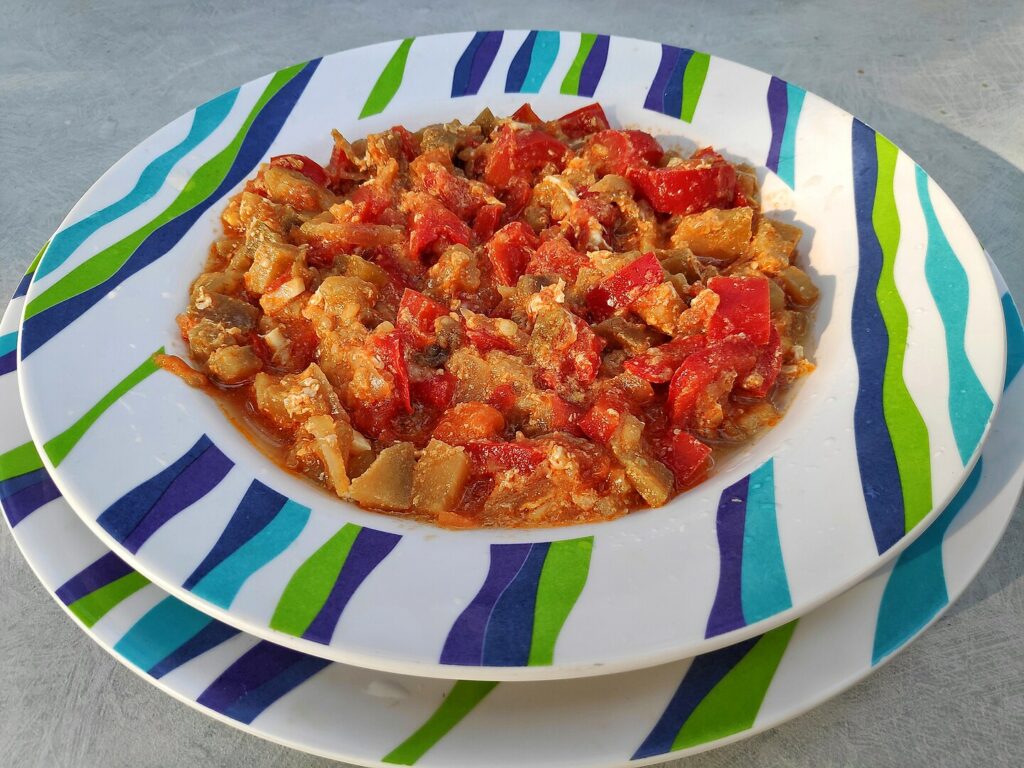
Sataraš is a traditional Balkan stew made with tomatoes, onions and peppers. They are first sautéed in oil, lightly seasoned then gently cooked into a chunky stew. It is served as a side or main dish.
Sataraš can be eaten as an accompaniment for meat or with starches like bread or eaten alone as a stew. When prepared for breakfast, it is topped with eggs.
Gibanica
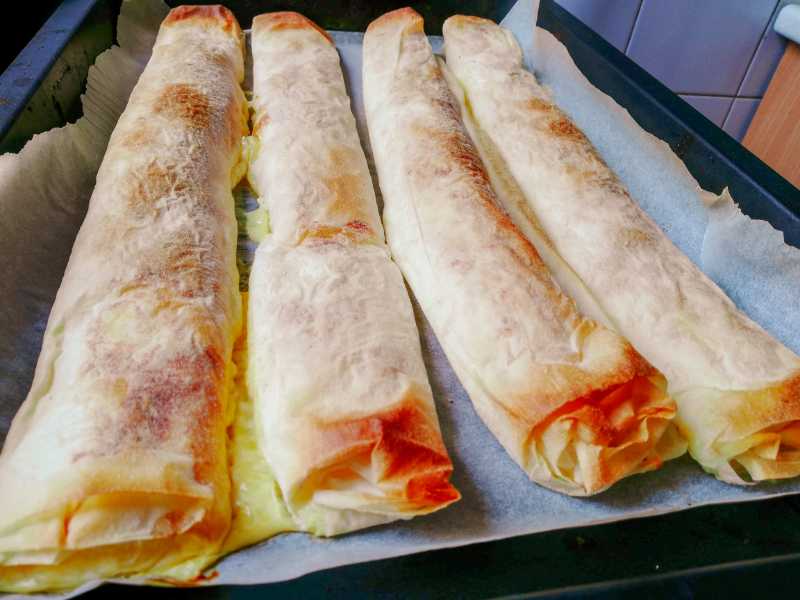
Gibanica is a traditional wheat flour pastry filled with soft cheese. The filling may be a soft spreadable cheese such as cottage cheese or soft crumbly cheese like feta. The easiest preparations use ready-made phyllo dough, but it also made with freshly rolled dough and baked.
Trahana
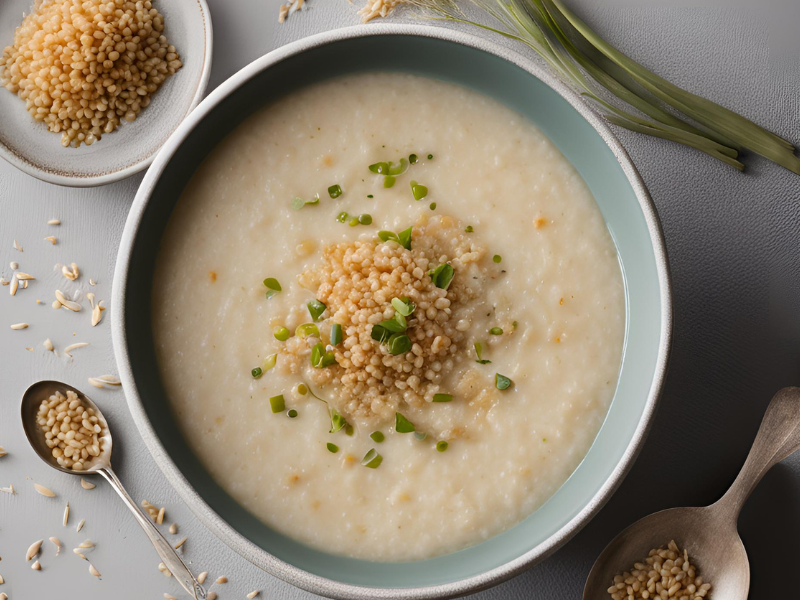
Trahana is a type of fermented grain made from cracked wheat or semolina mixed with yogurt or fermented milk that is used to make a popular soup in Balkan and Mediterranean countries.
Trahana is considered the world’s oldest fast food and is a traditional method of preserving milk and grains.

